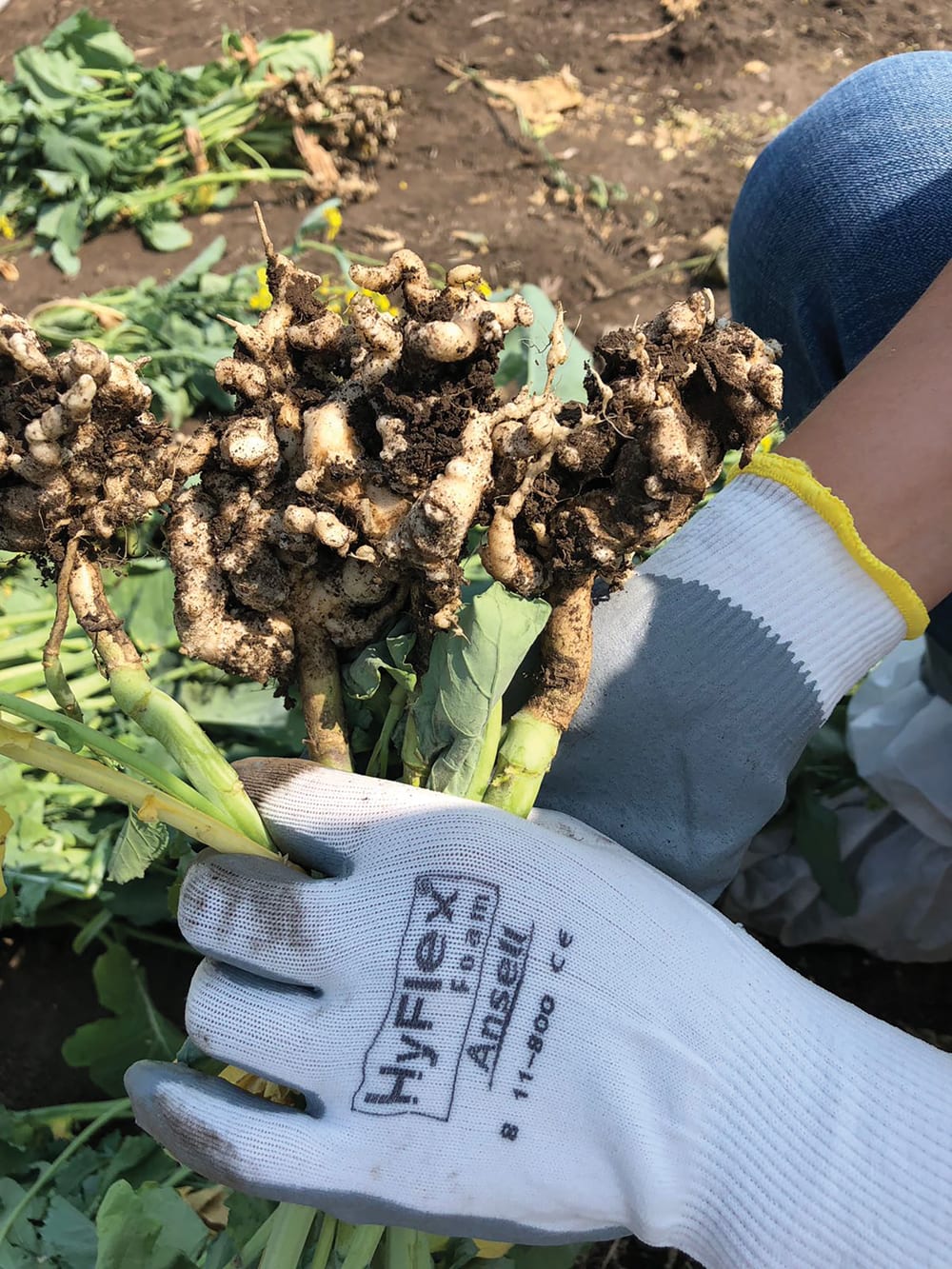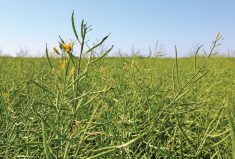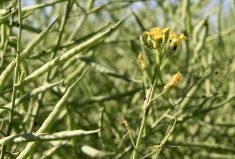Q: How can I reduce the threat of clubroot?
A: Growers in areas with little to no clubroot should consider implementing simple preventative strategies to reduce the chance of large-scale infection. The key to reducing the threat of clubroot is to use management practices that prevent clubroot spores from entering your field, or if a field is already infested, keep those spore loads low.
Three of the most important agronomic management tools that can be used include: sanitation, crop rotation and the preemptive use of genetic resistance.
Read Also

Claas brings 1000 Series SP forage harvesters to Canada
In mid-August, Claas unveiled its new line of Jaguar forage harvesters at an event in Visalia, California, deep in the heart of that state’s dairy region.
Sanitizing equipment and preventing infected soil from moving onto and around our farms is very important. Knocking off all clumps of dirt from equipment can remove up to 90 per cent of spores. A thorough wash and disinfecting cleanse with a bleach solution can remove 99 per cent of spores capable of spreading on machinery (particularly important when moving from a known field).
The clubroot pathogen infects plants of the brassica family. Expanding rotations to non-host crops such as cereals and pulses is very important in preventing the accumulation of disease-causing spores. Recent research shows that expanding crop rotation from a two to a four-year rotation can significantly decrease the number of clubroot spores present in infested fields. Removing all brassica-related weeds, such as shepherd’s purse and mustard, in rotation is also important in limiting the buildup of clubroot spores.
Finally, growing resistant canola varieties can be an effective way to reduce the chances of clubroot establishment and spread. A single infected gall can produce up to a billion spores and by using resistant varieties before clubroot is widespread, we can minimize gall formation and soil contamination. Genetic resistance is not a silver bullet and should be used in conjunction with sanitation and crop rotation.
Jordan Peterson, P.Ag., CCA, is a manager of agronomic services Nutrien Ag Solutions in northern Alberta.















